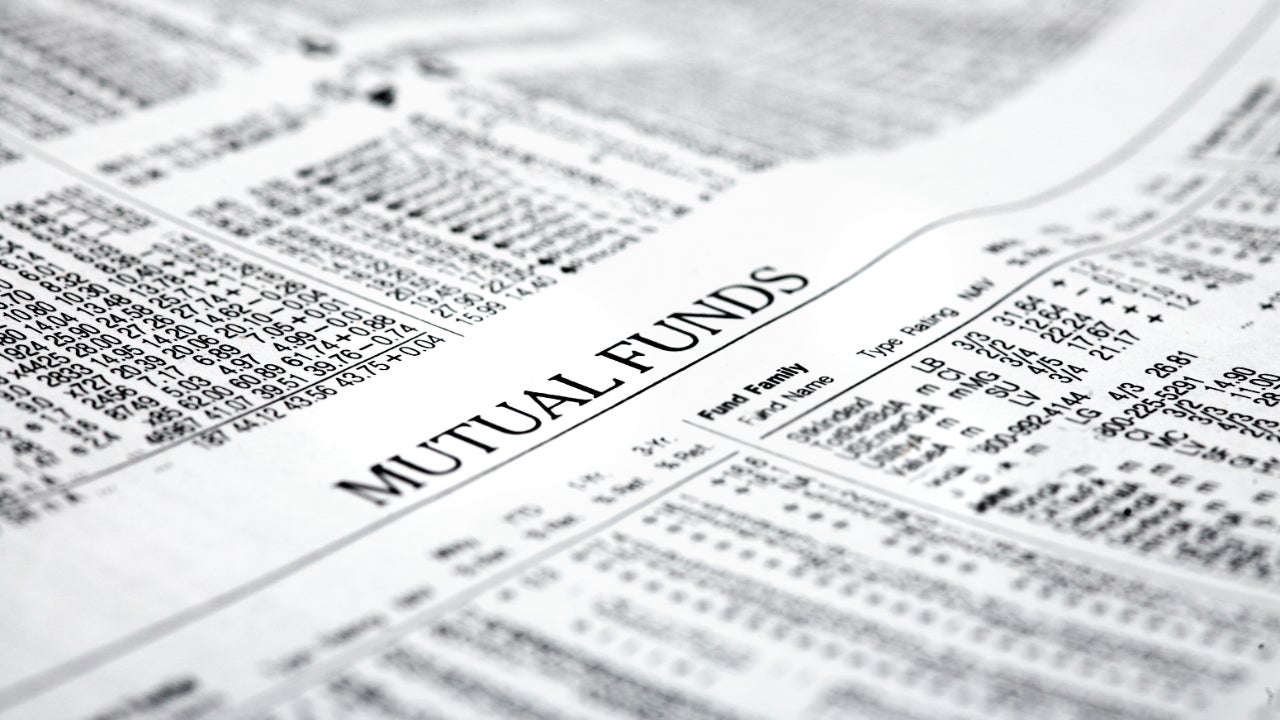Open-end vs. closed-end funds

Open-end and closed-end funds have a lot in common. They both typically exist as mutual funds, are professionally managed and can be used to build diversified portfolios.
But there are some key differences between open-end and closed-end funds investors should be aware of.
What is an open-end fund?
An open-end fund creates new shares when someone makes a purchase and removes shares from circulation when someone makes a sale. There is no limit to the number of shares that can be issued in an open-end fund.
Most mutual funds are open-end funds and can be purchased through an online broker or directly from the fund company. Open-end funds are bought and sold at their net asset value, or NAV, which is calculated at the end of each trading day. For this reason, open-end funds can only be bought and sold at the end of each day, so if you place an order after the market has closed, you’ll receive the next trading day’s closing NAV for your price.
Types of open-end funds
Most mutual funds are open-end funds. When you buy a mutual fund, new fund shares are issued to you, and are then retired when you sell the shares. Exchange-traded funds (ETFs) also tend to be open-end funds, but they can also be structured as unit investment trusts (UITs).
ETFs trade throughout the day similar to stocks, whereas mutual funds are only traded at their NAV at the end of the day.
What is a closed-end fund?
Closed-end funds, which are lesser known but more than a century old, have a fixed number of shares and are traded among investors on an exchange. Like stocks, their share prices are determined according to supply and demand, and they often trade at a discount or premium to their NAVs.
Closed-end funds might trade at a premium or a discount for a number of different reasons. A really talented fund manager who has a track record of outperforming the market might cause the fund to trade at a premium, while a fund with large unrealized capital gains might trade at a discount because of the potential tax liability. That discount may also be a result of investors anticipating declines in the fund’s holdings, especially in unpopular sectors.
When closed-end funds trade at a discount to NAV, they can give investors the opportunity to profit from the closing of that discount. Some professional investors even specialize in buying closed-end funds trading at discounts and then liquidating the fund’s assets to profit off the difference.
There were 441 closed-end funds with combined assets of $252 billion at the end of 2022, according to the Investment Company Institute.
Types of closed-end funds
Closed-end funds can contain a variety of different securities, but most closed-end funds are bond funds, according to ICI, accounting for about 61 percent of closed-end fund assets at the end of 2022. The remaining 39 percent are equity closed-end funds.
Key differences between open-end and closed-end funds
While open-end and closed-end funds both typically come in mutual-fund form, there are some key areas of difference between the two funds.
- Shares – In an open-end fund, shares are issued and retired on a regular basis, with new shares being issued to a purchaser of the fund or retired when someone wants to sell. A closed-end fund issues its shares only when the fund is launched, and any new investors must buy shares from existing investors, so supply and demand determine the fund’s price.
- Trading – In an open-end mutual fund, shares can be bought and sold at the end of each day at the fund’s closing NAV, whereas closed-end funds trade based on supply and demand throughout the day and can trade at either a premium or discount to the fund’s NAV.
- Popularity – Open-end funds are significantly more common than closed-end funds. Closed-end funds had just $252 billion in assets at the end of 2022, according to ICI, compared to trillions for open-end funds.
Bottom line
Open-end and closed-end funds differ mostly in how they’re bought and sold. Closed-end funds trade more like stocks, driven by supply and demand, while open-end funds trade at the end of each trading day at their NAV.
— Mary Wisniewski wrote a previous version of this story.






